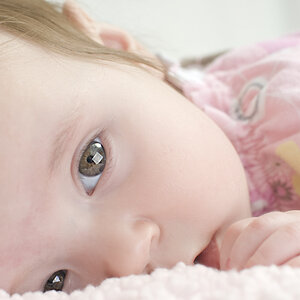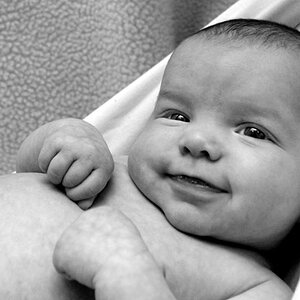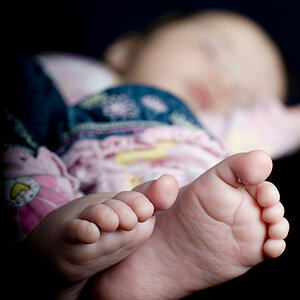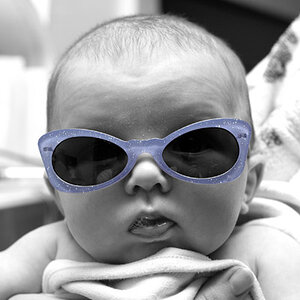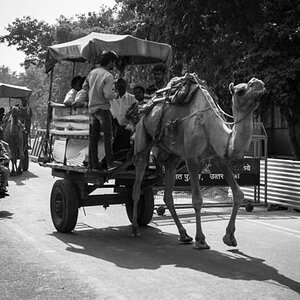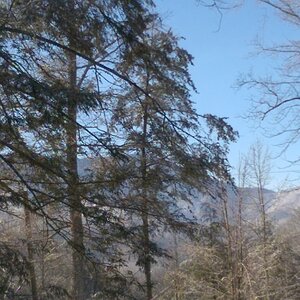batmura
No longer a newbie, moving up!
- Joined
- Sep 19, 2012
- Messages
- 649
- Reaction score
- 240
- Location
- Istanbul, Turkey
- Can others edit my Photos
- Photos OK to edit
What is the most effective mode for metering the dusky blue sky? Say I am shooting a landscape well adter sunset and the foreground is qute dark but there is still some dusky blue sky. Therefore, would I have to switch to spot metering rather than matrix and then recompose and shoot?
what is your prefered method for this type of shot?
what is your prefered method for this type of shot?


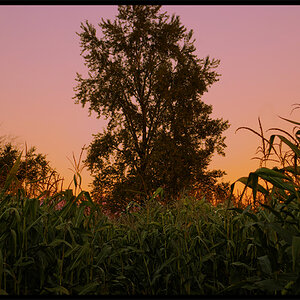

![[No title]](/data/xfmg/thumbnail/37/37540-73002ccb910b97978bc38658622a34d3.jpg?1619738133)

